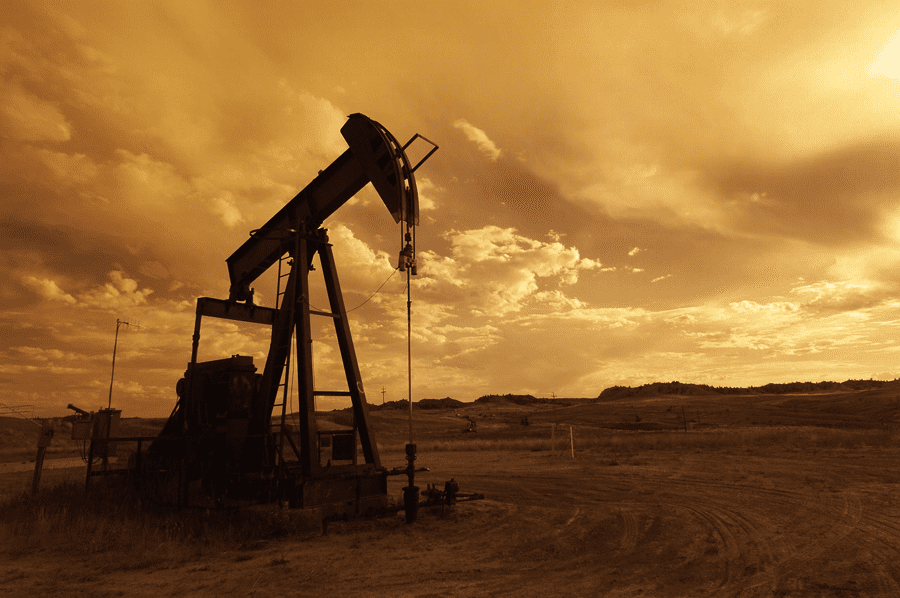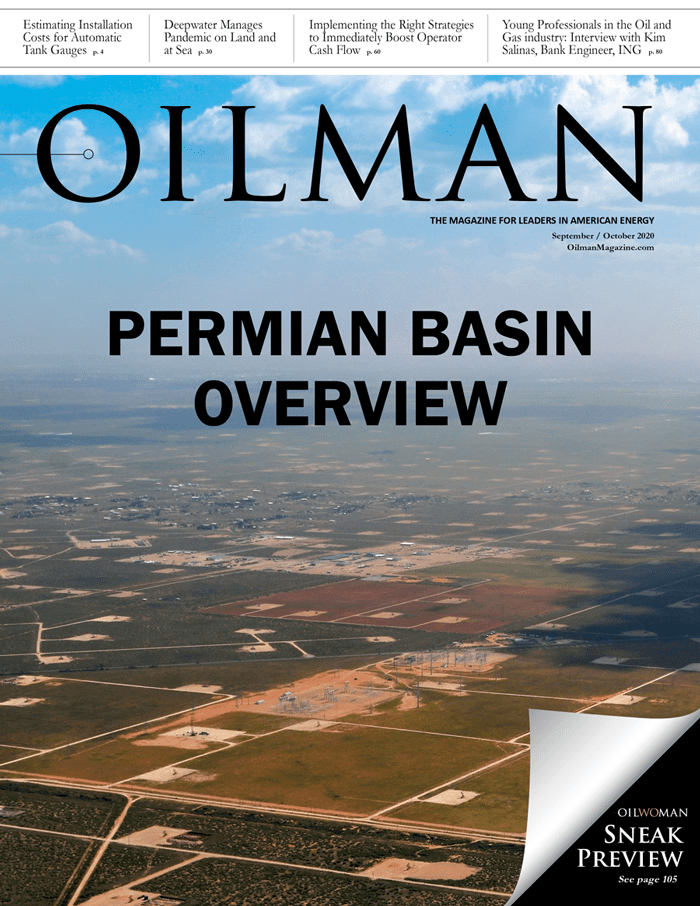The discipline of oil drilling is one of the most inherently risky manufacturing industries worldwide. From the heavy machinery involved, to the isolated locations and long driving distances, risk presents itself under many different guises in the oil industry. Though the sector’s relationship with health and safety has traditionally been, shall we say, mixed, there’s no doubt that industry-leaders are making more of an effort to prioritize those working within the industry.
It will never be an entirely safe industry; however, it can be made as safe as possible and that’s what the industry is striving for. This drive for greater standards of safety is being reflected in recent industry statistics. According to the International Association of Oil & Gas Producers (IOGP), annual fatalities within the industry decreased between 2017 and 2018, down from 30 to 27 (with more hours being worked, on average, on top of that).
Henry Berry is the director of the UK oil company, Tristone Holdings Ltd. He’s been looking at the risks involved for professionals in the oil industry and how industry leaders are combating them. Here, he discusses the potential hazards faced by workers and how the industry is improving conditions with new technologies, new policies and more proactive maintenance.
Unique Risks
Whether onshore or offshore, the isolated nature of most oil rigs brings with them their own set of unique risks, challenges and difficulties. Whereas in some industries, health and safety have become associated with merely a box-ticking exercise, in the oil and gas industry this couldn’t be further from the truth. Failure to meet industry standards for health and safety can lead to catastrophic circumstances. Even the most cursory of searches online will reveal countless rig disasters from the past half century, including the Deepwater Horizon spill (2010), the Piper Alpha disaster (1988) and the Ixtoc I oil spill (1979). The risks range from heavy machinery to flammable chemicals and often the dangers stem from a combination of the two.
Fire and Explosions
Fire is a very real danger to oil rigs, both on land and on the water. There’s an abundance of flammable chemicals present, such as hydrogen sulfide, as well as the risk of thermal and electrical fires breaking out. Thermal fires manifest most commonly as a result of sparks from the grinding and rubbing of heavy machinery. Electrical fires are similarly dangerous and usually arise from a lack of adequate maintenance.
Regular maintenance is essential, therefore, in preventing fires from ever breaking out. It’s recommended, for instance, that fire dampers be stroked once a month to confirm their effectiveness. Beyond this, training is imperative. Educating employees and making sure they’re knowledgeable of (and that they subsequently respect) safety regulations is crucial in the mitigation of fire accidents. Better trained workers are less likely to leave something lying about the rig which may spark and ignite.
Prevention is certainly better than cure in terms of combatting fires on oil rigs because once a blaze has taken root, it spreads very quickly. The best setup is a three-piece alarm system, combined with fire water systems and water pumps, to tackle the flames. Signals triggering an emergency lockdown are also critical in preventing the worsening of the fire. We’ve seen, in recent months, the importance of Personal Protective Equipment (PPE) in a medical context; however, PPE is vital in any industry where such risks are present, and it’s pivotal that employees are given the appropriate equipment in case of a fire.
As if these rigs or oil wells needed any more hazards, we’ve yet to mention the presence of large amounts of compressed gas stored, on-site, by oil production companies. The high levels of pressure mean than any sort of leakage can very easily cause an explosion. Thankfully, new guidelines dictate that at least one member of staff has to be on-site at all times in order to monitor the levels of stored gas and take action should an emergency unfold.
Vehicle Collisions and Fatigue
Highway accidents are among the most common cause of casualties in the oil industry. Some studies even suggest that as many as 40 percent of industry fatalities stem from road accidents. With onshore wells more often than not being located in highly-isolated areas, delivery drivers are required to drive inordinately long distances at a time. The associated risk of fatigue is therefore very high and presents a huge risk on the highways, both to the driver who is fatigued and to other road users. Yet many drivers are unaware just how dangerous driving tired can be.
Better education is needed as well as journey planning which is more accommodating to the drivers. One such educational resource is fact sheets; easy-to-digest and distribute information which can easily be translated into other languages. It’s worth noting that there are many drivers for whom English isn’t their first language and so multi-lingual resources are essential. The onus is very much on the drilling companies to factor in driver tiredness when they’re setting their deadlines and targets. A more rested fleet of drivers equals a safer fleet of drivers, and that’s something that needs to be prioritized moving forward.
Caught-In/Caught-Between/Struck-By Incidents
Obviously, all accidents on an oil site are awful, though there’s something particularly nasty about caught-in, caught-between and struck-by incidents. Definition-wise, they’re all fairly self-explanatory; they can be thought of as incidents whereby a worker comes into contact with (or is trapped/pinned by) moving parts, heavy machinery, high-pressure lines or any other piece of drilling equipment.
Such incidents are mitigated by buddying up, never working alone and following the (extensive) industry guidance. What some may see as bureaucracy, or red tape, is of paramount importance in keeping workers safe. There’s a reason that these regulations are in place and it’s a fairly obvious one. Because when corners are cut in this regard, accidents happen.
Mental Health
Something which has gained increasing prominence over recent times has been the importance of mental health. The oil industry is traditionally male-dominated. Men (generally speaking) have a harder time opening up when they’re struggling mentally than women do. This ends up being a potent combination, when looking at statistics, and is one of the reasons the oil industry has a high rate of suicides. Long stints away from loved ones, physically demanding work and an intensely pressurized work environment aren’t things one would generally deem conducive to positive mental health. There’s a long way to go on this front, though conversations are starting to be had, and oil production companies are beginning to put more frameworks in place to help deal with their workers’ mental health.
How Is the Industry Keeping its Workers Safe?
We’ve established that a large part of industry safety revolves around the themes of education and proactive maintenance. Another way in which the industry is being made safer is through the adoption of modern technologies. These range from the seemingly simple to the much more complex. GPS technology, for example, is being used so that on-site workers are more easily located. If, for whatever reason, a worker happens to be on their own and an accident befalls them, they can easily be located and aided. This will save crucial time, especially if the accident is at all severe. In these circumstances, minutes can prove the difference between an amputation and keeping a limb, or even between life and death. Dramatic though this may sound, unfortunately it’s the truth. Drone technologies are proving equally effective in keeping workers safe. Drones are providing a flexible and cost-effective way to carry out on-site inspections. This means that employees will no longer have to get up close and personal with harmful gases, potential leakages or confined spaces.
The oil sector is far from perfect when it comes to health and safety. However, it’s a darn sight better now than it was even ten years ago. Oil companies are making more of an effort and, whether this is from a place of true altruism or simply a fear of litigation, so long as workers are being made safer, that’s what matters most.
Headline photo courtesy of Pixabay
Henry Berry is a director at Tristone Holdings, an energy company based in the U.K. with a primary focus in the U.S. It finds, develops and produces essential sources of energy and its portfolio includes high-quality conventional oil and natural gas assets in the top U.S. onshore plays. Currently, it is raising capital to acquire and expand its energy base, specifically in the oil and gas sector. For more information visit tristoneholdings.com.






